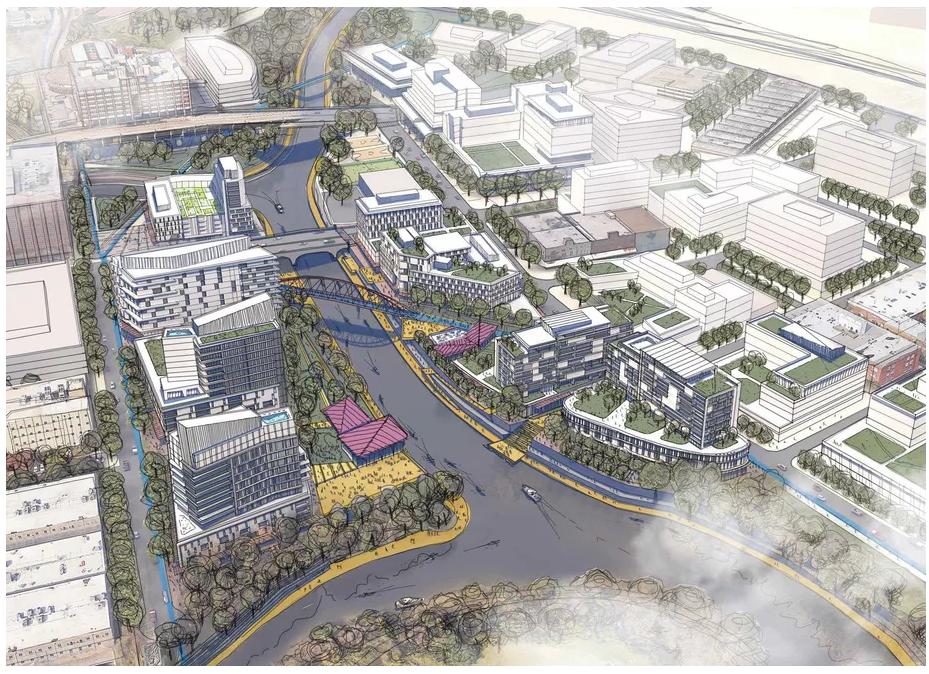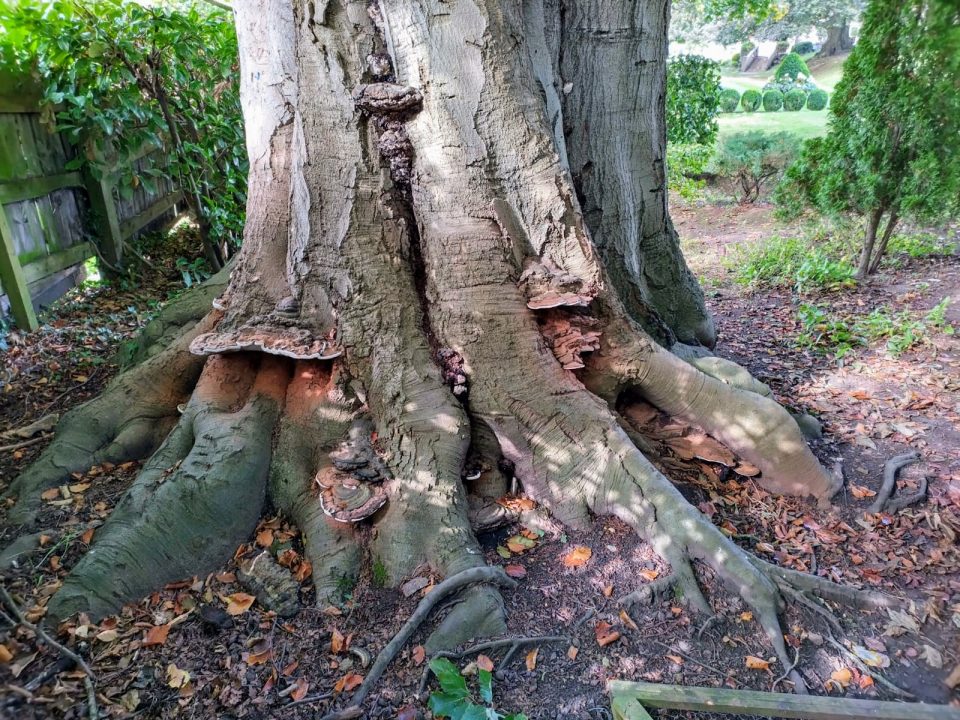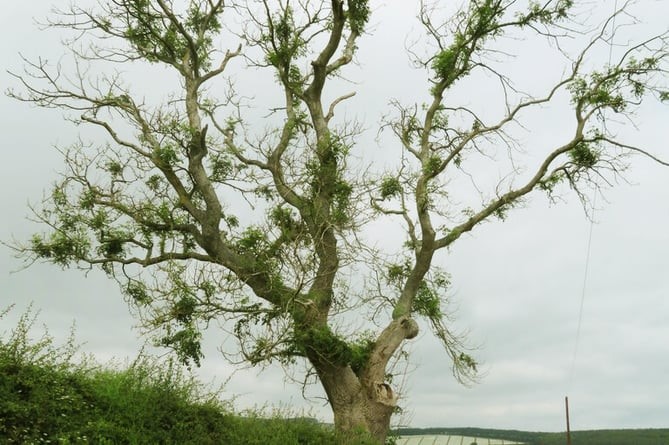
Tree Survey for Planning in Leeds, West Yorkshire.
9th April 2018
The State of Trees in Sheffield
10th May 2018Trees in the Planning Process

urban trees

Trees and Planning: Downtown District Central Houston.
AWA Tree Consultants went to a recent half-day event: Trees in the Planning Process. It was hosted in Oxford by the Royal Town Planning Institute (RTPI) South East and the Institute of Chartered Foresters (ICF).
The RTPI South East provides a range of services for members in the region. It offers affordable seminars and events for professional development, and acts as a champion for planning. The event was co-hosted by the ICF, which is the UK’s Royal Chartered professional body offering the Chartered Forester and Chartered Arboriculturist titles. The Institute helps foresters and arboriculturists across the UK to develop their professional knowledge in all areas of research and practice.
The focus of the event was trees in planning. A range of experts presented on topics including trees in relation to design, demolition and construction; the importance of effective planning conditions and local planning policy; and examples of best practice in arboriculture and landscaping.
The first part of the afternoon was titled ‘Recognising the Importance of Trees in Essential and Effective Planning’ and was chaired by Andy Lederer, Development Director at the Institute of Chartered Foresters. This section covered three main elements: ‘Understanding the Rudiments of BS 5837:2012 Trees in relation to design, demolition and construction’, ‘The Importance of Local Planning Policy and Effective Planning Conditions’ and ‘What Information to Reasonably Expect with a Planning Application’.
The second part of the afternoon was chaired by Martin Small of Historic England and was titled ‘Trees in the Place. The considerations for introducing and working with trees in the place’. This session looked at ‘Trees in Historic and Designed Landscapes’, ‘Arboricultural Methods, Special Techniques and Site Supervision’, ‘Making the Right Tree, Right Place Happen in Practice’ and a case study ‘Securing Full Mitigation Value’.
The audience was made up of approximately 60% arboriculturists and 40% planning professionals. Most of the talks throughout the afternoon seemed to be geared more towards the planning professionals in the audience, advising them how to better consider trees in the planning process, and for many of the arboriculturists present, this inevitably covered familiar territory.
While all the speakers were engaging and interesting, from an arboriculturist’s perspective, a similar day with talks solely from planning professionals to an arboricultural audience would perhaps have been more useful – to allow arborists to better understand the planning process from the planners’ side of the fence, and to understand the constraints and pressures they face when dealing with trees and development sites.
Overall it was a worthwhile event and with the chairs, speakers and members attending from both institutes, it was an excellent opportunity for sharing cross-profession experience and networking.




